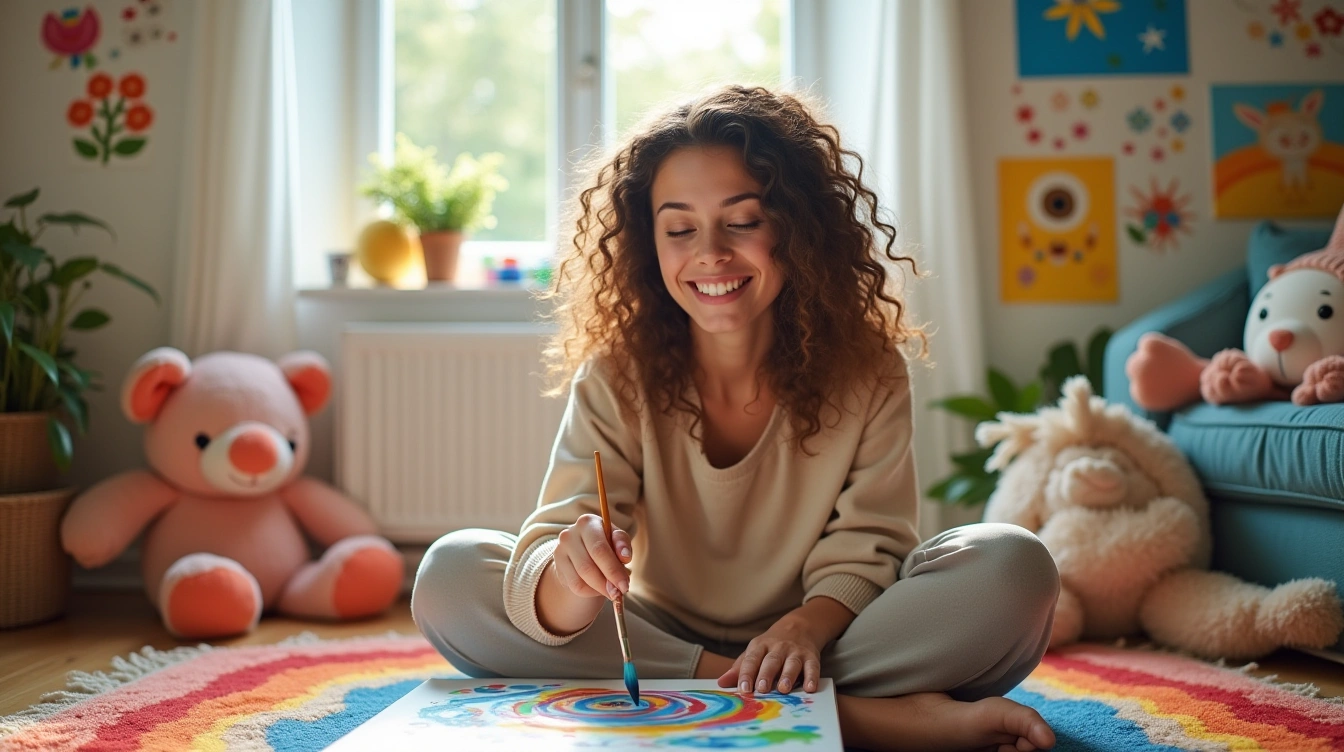Healing your inner child unlocks deeper self-love and lasting joy by addressing hidden emotional wounds from childhood. This process reveals how past pain influences today’s relationships and self-care, offering practical ways to nurture neglected parts of yourself. Embracing your inner child encourages compassion and emotional freedom, transforming old patterns into renewed confidence and happiness.
Comprehensive Overview of Inner Child Healing Techniques
Exploring inner child healing is essential for emotional balance, rooted in addressing childhood emotional wounds that influence adult behavior. Recognizing the inner child involves understanding its emotional needs, which often remain unmet, leading to issues like trust problems, fear of abandonment, and emotional dysregulation.
Have you seen this : Discover the amazing health benefits of lion's mane mushroom
Healing this wounded part helps cultivate self-compassion, resilience, and healthier relationships. Techniques such as visualization, journaling, and guided meditation enable individuals to reconnect with their younger selves. Reparenting strategies, including self-nurturing and setting boundaries, are central to the healing process.
Common signs of progress include reduced emotional triggers and greater self-love. Research underscores that nurturing the inner child improves mental health and emotional regulation. Resources like therapy, self-help exercises, and supportive communities facilitate ongoing growth.
Also to discover : Key Elements of an Effective Postnatal Fitness Routine: What You Need to Know
For a practical start, explore inner child healing and methods, or consult a trained therapist for personalized guidance.
Practical Methods and Exercises for Inner Child Healing
Inner child emotional healing techniques are grounded in mindful, accessible steps. Start with inner child healing journaling prompts—write from your childhood perspective about unmet needs, fears, or dreams. This simple act unlocks childhood emotional release, making it easier to recognize inner child pain and its impact on present behaviors. Letter writing, another form of therapeutic writing for childhood healing, lets you have an honest inner child dialogue, offering comfort and understanding to the younger self.
Guided inner child meditation and visualization methods support reconnecting with your childhood self and healing childhood wounds. Meditations, such as loving-kindness and guided visualization, nurture your younger self by creating a safe, compassionate space for acceptance. Visualizing protective and joyful moments can further facilitate overcoming childhood neglect and healing parent-child relationship trauma.
Adopt playful rituals—creative arts therapy, playful movement, or revisiting childhood joys—and try workbook exercises for young-self nurturing. These self-compassion practices for inner healing encourage self-love through childhood repair and help reinforce emotional safety and emotional resilience after childhood hurt.
Build a childhood timeline to identify key formative moments. Introduce daily healing affirmations and self-love mantras to strengthen ongoing recovery and cultivate joy through inner child connection.
Resources, Professional Support, and Long-Term Strategies
For inner child trauma recovery, seeking a blend of self-guided and professional support yields the best results. Books by recognized therapists, such as Robert Jackman’s Healing Your Lost Inner Child and Charles Whitfield’s Healing the Child Within, provide practical inner child emotional healing techniques and valuable insight into healing childhood wounds. These healing books for inner self-recovery offer reflective prompts and structured workbook exercises for young-self nurturing, supporting readers in reconnecting with their childhood self at their own pace.
Therapist-led inner child healing sessions or trauma-informed counseling can address deeper wounds, especially when healing childhood wounds involves emotional neglect or trauma. Reconnecting with your childhood self through guided inner child meditation, creative arts therapy, and mindfulness for inner child care fosters emotional safety. To find the right fit, look for therapists experienced in shadow work for inner child healing, compassion-focused therapy techniques, and forgiveness exercises for childhood trauma.
Ongoing practices such as inner child healing journaling prompts and weekly therapeutic writing for childhood healing help integrate self-compassion practices for inner healing. Support groups for inner family childhood healing, emotional healing workshops, and downloadable healing resources provide continued encouragement. Prioritizing nurturing your younger self through daily routines and long-term strategies can create the foundation for sustained self-love through childhood repair.











